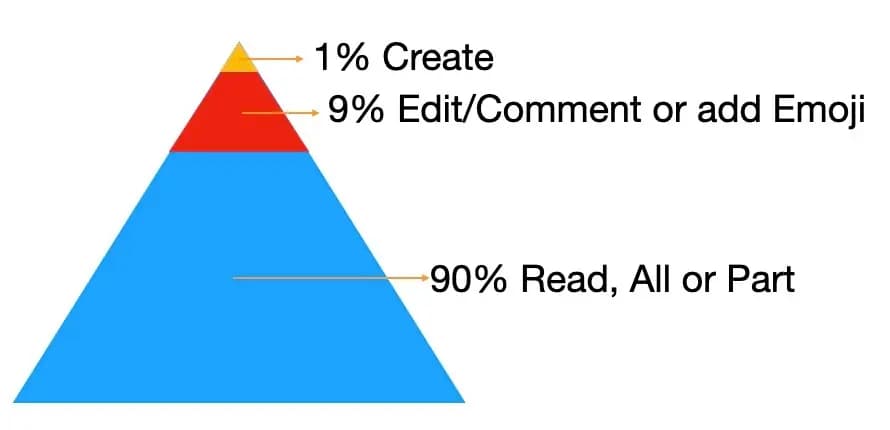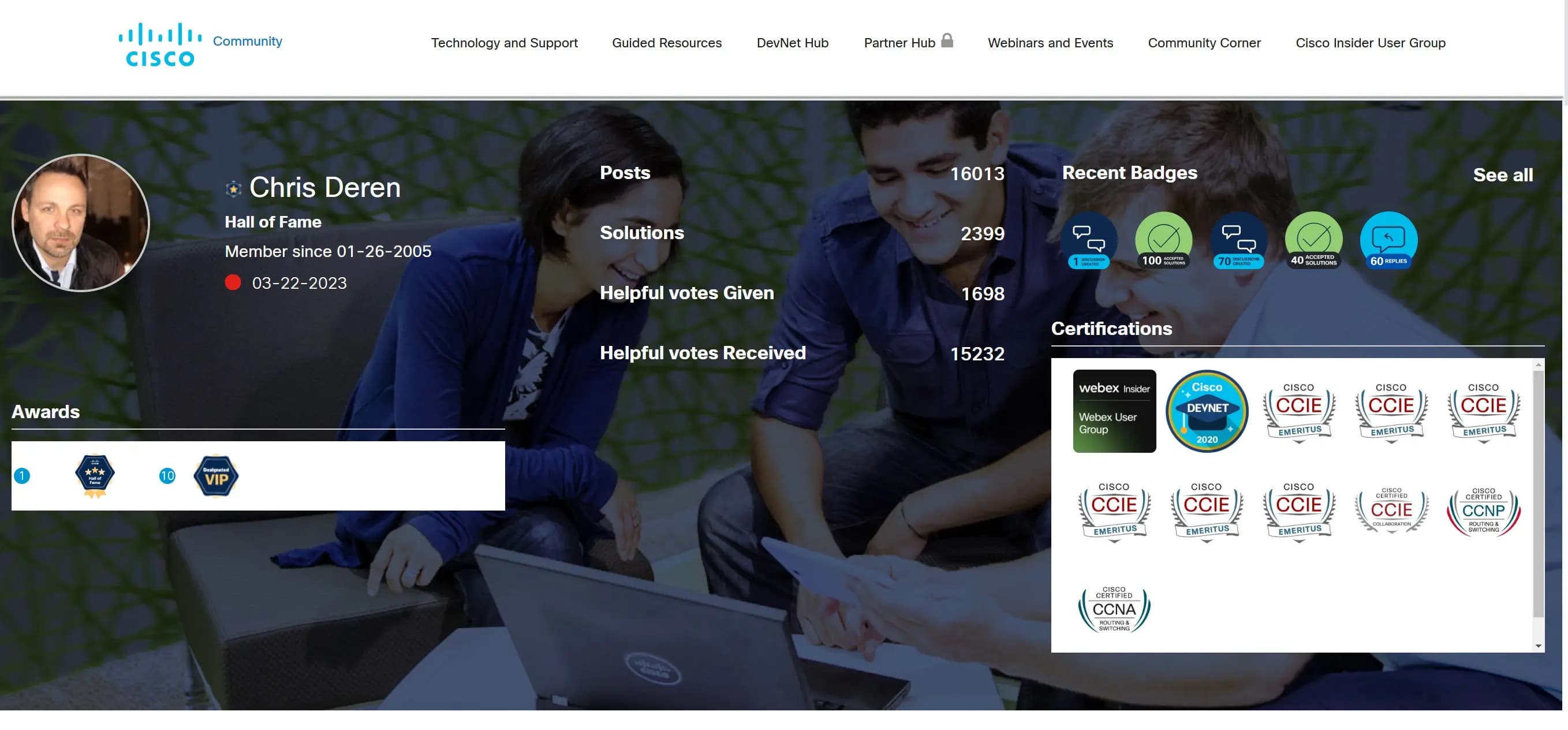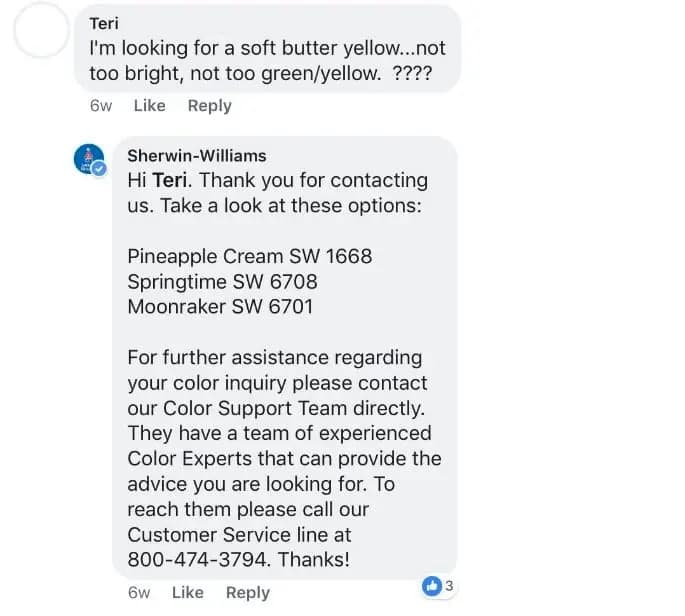Community management is a personalized approach for brands to connect with an audience, address concerns, and introduce new products—plus, it’s even better when supported by a well-planned community management strategy.
Today’s users trust communities that are authentic, problem-solving, and educational. These communities often thrive on Facebook groups, Subreddits, LinkedIn forums, and Discord servers.
You can also host them on your website and expand them on social media. Jump to this article, if you want a quick guide on community management.
Reviving engagement for your community is not brash or about quick wins. It needs a fair bit of strategizing. People are wary of hard sells, so keep it light.

Having said that, a brand may find itself in a situation where the community has become a ghost town. This affects the business’s reputation and customer retention. A vibrant online community places the brand as an entity that can provide value outside of its immediate offering.
If you find yourself looking at a dwindling online audience, know that you’re not alone. Many brands have managed to ignite community engagement and rebuild a chatty community.
First things first, you need to rethink what you know about your audience. There is a reason, lot of businesses (ranging from a local kombucha store to an established logistics brand) use community management tools.
They have become necessary to understand the intricacies of engaging with your demographic. Using software like Statusbrew can help you generate relevant data and reports from your social media so that you can get your community management strategy right.
Know How Communities Work
In October 2006, Jacob Nielson, of the NN Group came up with the 90-9-1 theory. On average, most community members can be classified as ‘lurkers’. They consume content passively and aren’t driven to contribute.

Estimates suggest that only 1% of group members actively participate. The remaining 9% contribute sporadically. The majority simply observe or hang around these communities. Don’t be quick to dismiss lurkers. These guys are essentially the audience for users who indulge in active participation.
More importantly, they contribute to metrics such as member count and page views. The key is to encourage occasional, if not regular, engagement from the more inactive users.
7 Community Management Strategies To Revive Your Brand Engagement
In this article, we talk about how brands like Lego, Cisco, and Peloton managed to bring back the buzz.
1. Engage in Prompts and Feedback
The simplest mechanism to get started is to throw an idea and get feedback in return. Work out a list of possible prompts (preferably open-ended) that you can post on your community page.
This will motivate members to expand the scope of engagement, beyond a like or voting poll. If you’re still feeling unsure, a voting poll can be a safe start to gauge the temperature of the room.
Crowdsourcing new ideas is also an option. You could simply ask your members what they would like to see more of. Is it tutorials, QnAs, or maybe offline activities? Polls often can help you reevaluate your community management strategy.
Make sure the prompt is simple and inclusive of all segments of your demographic. Jumping on current trends, that overlap with your brand will work if done right.
Responding to feedback is crucial to keep the responses coming. It makes people feel seen and heard. Furthermore, it humanizes your brand and fosters trust and connection. LEGO’s comeback is our favorite phoenix rising from the ashes story to quote while talking about rekindling engagement.
Something like this calls for a complete overhaul of the community management strategy. The early 2000s wasn’t a great time for the toy production company LEGO, with declining interest in the products.
The company started restrategizing with 4 members they picked out from online user groups, which at that time, was a controversial decision.
The Mindstorms NXT project was a brainchild of this decision to include end users while ideating. The best part of this story is that LEGO didn’t have to spend on advertising.
This was because customers were more than happy to champion a product that involved fans like themselves.

This paved the way for today’s thriving online forum- LEGO Ideas, a crowdsourcing and open innovation program. Community members take part in activities, participate in challenges, and submit product ideas.
TL;DR: Post content that will help you boost engagement and crowdsource ideas. Respond to feedback, and keep the ball rolling.
2. Highlight Member Success
People love showing their personas by engaging with brands endorsing products. A good way for brands to reciprocate is by showcasing the achievements of community members. This sets off a culture of connectedness and recognition. It also gives people a positive and rewarding association with your brand.
What does this look like in practice? It could be highlighting a member’s creative output, their performance, or their success story. Cisco runs an online community, where top contributors are accorded a ‘’hall of fame’’ badge. This keeps contributors in the loop and enhances motivation to participate.

This would also be part of content marketing, where you use personal anecdotes and customer experience to highlight the human impact of your brand. It is slightly different from a testimonial- the focus is on celebrating the client.
Remember that your customer is the star. Your brand is the decoration, on the Christmas tree that is your online community.

TL;DR: Invite submissions and encourage people to talk about the challenges they faced and how they overcame them (pertaining to your brand offering). Create a program to highlight success stories.
3. Create subgroups
Have you ever considered that your community may be too diverse to be functional? This is almost always true for fitness and lifestyle brands.
Your engagement may do better if you break it into smaller groups based on purpose, shared interests, and engagement. This way the interactions are useful to everyone involved, and your communities can see an uptick in traffic.
Peloton is a brand that comes to mind when looking for good community engagement examples. The fitness product brand was able to organize its community interactions into subgroups.
They have some of the most active community members, with diverse interests and motives. The brand divided its users in the following way:
Peloton Power Zone Riders – for cyclists who subscribe to structured Power Zone training.
Peloton Moms – for mothers balancing fitness and family.
Peloton LGBTQ+ and Allies – for LGBTQ+ members and allies.
Peloton Runners – for those who focus on running workouts.
Peloton Strength Training – for users interested in strength-based courses.
Location-Based Subgroups – for smaller communities based on areas, like “Peloton UK” or “Peloton New York.”
Subgroups like these are useful to the audience. It also removes a lot of pain points for the community managers, while communicating with users.
This way everyone feels like they have a place in the community. It also fosters customer loyalty and ensures people don’t run out of things to talk about.
To boil it down, you can segment your own community like this:
Interest-Based: (ex. fitness, product ideation)
Role-Based: (based on experience or function)
Location-Based: (based on region)
Engagement-Based: (ex. Newcomers or top contributors)
TL;DR: Subgroups help revive the community because members know where exactly to go. Be it for tips, to share achievements, and participate in events.
3. Diversify your content
Have you introspected why your engagement went dead? There may be some obvious signs of what went wrong. But you need to dig deeper and look into the kind of content that is preferred by your target audience.
You can host discussions among a few selected members to understand what actually motivates them to set aside time and hang out in your community. What value can you add beyond what you sell? This X factor can bring in more community involvement.
It also helps to switch your content format from time to time, so that your audience doesn’t go “here we go again” when they see a post or a message. That’s the worst thing that can happen to a brand, in the attention economy. Shuffle it up by introducing challenges, sharing memes, and Ask Me Anything (AMAs) so your audience keeps their eyes peeled. You simply can’t afford to be boring.
Companies engaging with audiences in forums across social media channels and different content formats pave the way for organic marketing. User Generated Content is the best material to repurpose your brand’s content. One of the coolest features of engaging in community management is interactions fostered among brand users.
This segment also leverages the classic ‘word of mouth’ marketing to contribute to your company’s bottom line. This means that it doesn’t just have to cater to active participants and customers. Lurkers may also be motivated to contribute if the theme is inclusive, and encourages the audience to go ‘’off-topic’’.
For example, if you’re a nutrition and lifestyle company, you can ask members what their primary challenge is while sticking to a diet. This would invite prospective customers to share their experiences.
This provides them with a space to express themselves, boosts community activity, and gives you insights into your demographic.
TL;DR: Have a list of alternative content on standby, when what is supposed to work doesn’t.
4. Explore multiple channels
This goes without saying but you have to go where your customer is, and not the other way around. Some platforms may be more ideal than others for community engagement. Here is a broad classification of different kinds of platforms:
Social Media Platforms (like Facebook and LinkedIn)
Messaging Platforms (like Discord and Slack)
Forums and Community Platforms (like Reddit and Mighty Networks)
Email Newsletters
Webinars and Events (including Zoom and Eventbrite)
Brand-Owned Platforms (on the brand’s website or portal)
Make sure your brand’s goals align with the nature of the channel. Investing time into researching which platform works best for your community is of paramount importance. It's pretty unsafe to ride on assumptions. Basically, don’t be this guy-

Let us say you inform your community members on LinkedIn about a live stream on YouTube when most of them check LinkedIn only rarely.
You would find yourself in a difficult position to pinpoint whether the ‘live’ wasn’t a great idea because of the channel or the topic discussed. Strategizing your community engagement plan becomes more difficult when you can’t pinpoint the right cause-effect factors.
It is also important to be present across multiple channels, to satisfy various kinds of user requirements. You want to make sure that important inquiries don’t get mixed in other interactions.

Let’s take this example of an interaction between an executive of the paint supplies company Sherwin Williams and a customer. Resolving inquiries promptly is one way to encourage more people to use your community page. This further creates a space to talk about your product/service in public forums.
TL;DR: Go where your audience is. Research, do not guess.
5. Organize relevant events
Virtual and physical events serve as a way for your community to get to know each other. Going a step further, hosting offline events is the catalyst that will make all your engagement efforts come together.
This is because you are creating an offline, and in-person space for your online community to cement relations. Events give you a chance to partner with creators and other collaborators, who are of interest to your community and prospective members.
Hosting mutually beneficial events in partnership with more established businesses extends the scope of your network. Plan programs in alignment with seasonal themes or events to make your brand relevant to the public. For example, summer is a great time for a swimwear brand to organize a beach-themed giveaway.
TL;DR: Get your calendar out and plan events that are relevant to your target group.
Is your workflow all over the place? Try Statusbrew to brainstorm ideas and work on engagement strategies with your team.
6. Create referral programs
The beauty of this strategy is in the obvious math of it. Your individual connections will never match the collective reach of all your group members combined.
Having reward programs for your community members bringing in their friends and family is a sure-shot way to make your community come alive. If you’re new to this strategy and want to consider it, these are a few ways you can offer a referral incentive:
Offering a discount on the next purchase.
Offering the newly referred user an exclusive discount.
Setting up a plan for merchandise for referrals, depending on the numbers referred.
Referrals are also a gift to the marketing department because existing members are likely to bring in like-minded people. Discounts and offering early product testing are ways to incentivize even dormant members to participate.
TL;DR: Get people to refer their friends to join your community, in exchange for discounts and goodies.
7. Hire a community manager
Having a dedicated community manager ensures that you don’t fall into the same ghost town situation ever again. Customers lose trust when brands are flaky and don’t demonstrate consistent communication capabilities.
Having a community engagement manager ensures that the plan you have drafted is followed through (if you hire a good one). Your ideal community manager is someone who understands socio-political themes, is aware of contemporary trends, and is able to manage community interactions.
Mismanagement can be confusing for members, and worse- makes your brand seem unreliable. You want to be cautious of letting negative comments spawn, in a community you worked hard to create.
Needless to say, negative comments or spammy messages sprout even in the most well-managed communities. Here’s where A.I. can be your community manager’s assistant. Sentiment analysis and comment moderation tools are a must if you want to weed out offensive or unnecessary posts. This is especially important in public forums.
Try comment moderation tools to see how you can use it for your community. Implement moderation tools that lets you automatically hide and remove spam comments by creating custom rules. Your community manager can maintain workflows, escalate issues, and forward queries to appropriate teams.
You can discuss with your community manager to ensure your strategies are in alignment, to avoid any surprises. Their role involves moderating conversations, kindling conversations, and implementing promotional strategies.
Newsletters are a great way to reach out to both active members and passive members. Organizing a mailing list with incentives is especially attractive for members. It is the oldest trick in the book.
Newsletters are the equivalent of a ‘Hey, you up?’ text to an audience who might have almost forgotten your brand. Community managers must ensure newsletters deliver value and, are personalized according to the segment.
This guarantees that those well-placed CTAs actually translate to engagement. The community manager must also be proactive in identifying potential events that can pique the interest of community members.
In Conclusion
Having an active community with conversations around current events makes the brand trustworthy. Is your community relevant to your audience?
What would you, as a potential user look for when you land on your brand’s page?
What would make you subscribe to the newsletter?
These are ideas you can brainstorm with your team or community manager.
Even better, how about you post a prompt?
A boring prompt is about as appealing as lukewarm coffee and yesterday’s bagel. An already sleepy audience needs something exciting. A good post can expand the possibilities of user-generated content and provide your company with key customer insights. It’s also a cost-effective opportunity to nurture connections and build positive narratives around your brand.
It may seem like a daunting task to get your community up and running, Social media management software makes sense of the data to understand behaviors of lurkers and contributors.
Statusbrew’s social listening tool can help you monitor conversations, and understand what makes your audience tick. This way, you are left with more resources to build useful connections and get your engagement back on track.
Frequently Asked Questions
1. Why do I have low community engagement?
Anything from irrelevant content to a lack of clarity in communication or the wrong platform could be the reason for the audience losing interest. You need to know how to meet your audience’s core needs and desire for connection.
2. How to increase community engagement?
Low-pressure prompts work best to motivate lurkers to interact in forums. Use polls, fun questions, or bring up small challenges. Make them feel seen and heard by engaging with their participation. Draw up protocols to reach out to users personally, when needed.
3. What community engagement strategies work best?
Have a communication style that looks authentic. Use tools like Statusbrew to identify trends and activities that influence your audience. Create subgroups for departments, host offline events, and partner with creators and experts to expand your demographic. As always, incentives keep users in the engagement loop.



